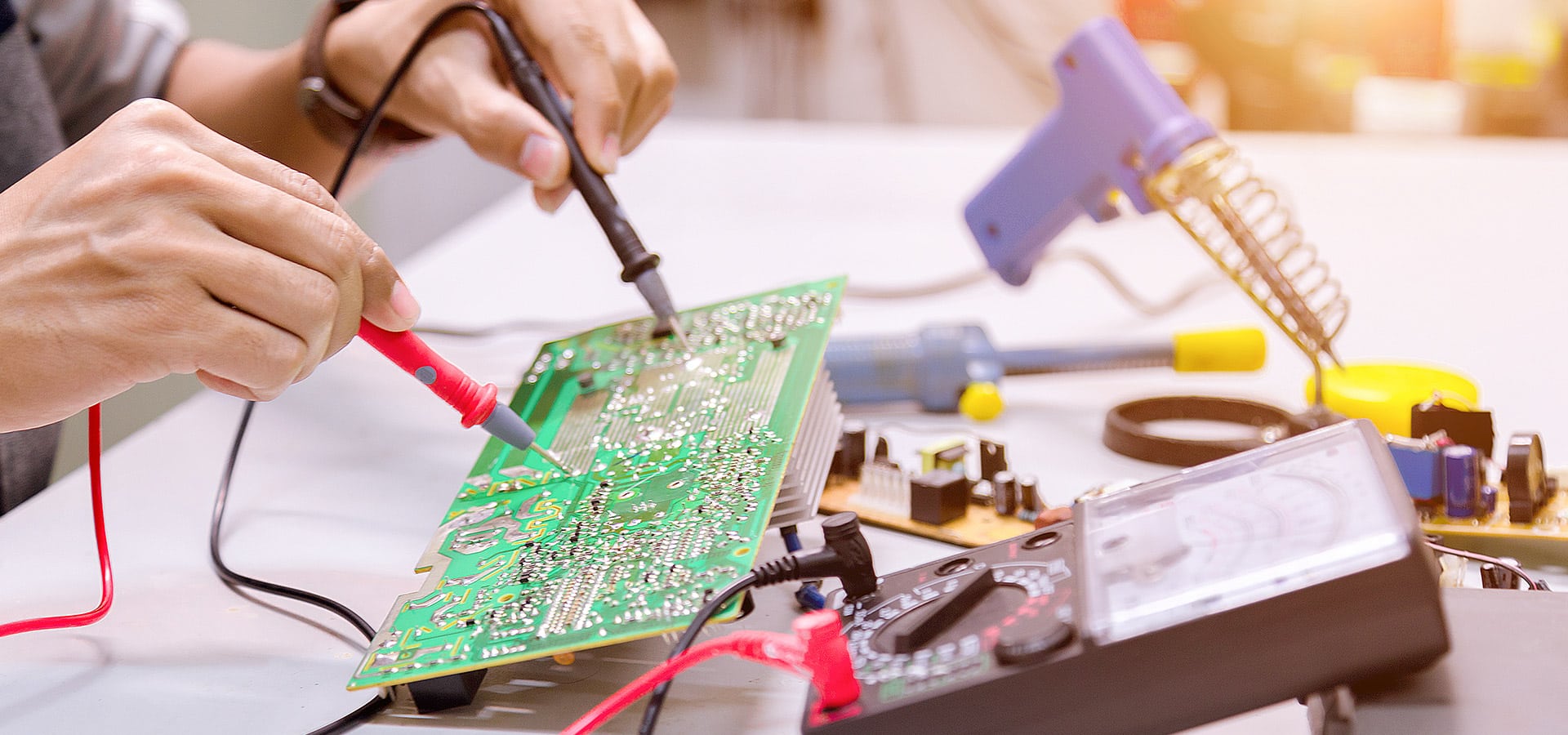Deciding between a $3,500 repair and a $28,000 replacement part seems like a pretty easy choice – it certainly was for one consumer packaged goods manufacturer that faced this scenario and was able to reduce downtime and costs through a partner-led comprehensive repairable parts management (RPM) program.
RPM is an often-overlooked component of industrial machine maintenance, yet it can offer substantial bottom-line benefits — reducing overall parts expenditures by up to 50%. Best-in-class repairable parts inventory management strategies also can reduce or eliminate waste, improve equipment reliability, and optimize the overall performance and productivity of a facility.
What Is RPM Parts Management?
Repairable parts management is based on two primary practices: root cause analysis and rebuild/remanufacture methodologies.
- Root cause analysis uncovers the factors behind part failures, with the goal of addressing the underlying cause of a problem rather than the symptom (which, in this case, is a failed or malfunctioning part). Highly specialized reliability engineers perform detailed failure analysis to zero in on the unique — and addressable — reasons behind a part failure.
- Rebuild and remanufacture methods, the second RPM advantage, implement detailed repair and preventive maintenance procedures that address the defined root causes of a problem. RPM technicians use premium components that meet or exceed OEM specifications to repair or remanufacture an assembly to “better than new” status.
In addition to these practices, data and documentation are keys to effective repairable parts inventory management, on both sides of the process — existing data and process documentation assist in root cause analysis, and rebuilt or remanufactured parts are returned with documentation that identifies better practices for equipment operation. Both forms lead to the reduction or elimination of industrial part failures.
Implementing a Strong RPM Program
A successful RPM effort requires planning and commitment. Here are four tips to get started:
Educate the organization on the value of RPM
MRO is a significant investment for any manufacturing company, yet too many organizations adhere to misguided or short-sighted practices for comparing the costs of repairs versus new equipment. Rather than applying hard-and-fast rules for short-term decisions, the organization — from the top down — should consider overall costs and potential savings over the lifetime of parts and equipment.
Change the perception of repaired components
Repaired components carry the stigma that the repair may have extended a part’s life but didn’t restore it to like-new performance. The reality is the data-driven rebuild and remanufacture approach of RPM will often exceed OEM performance specs. This is because superior components are used in the rebuild, and performance issues are identified and addressed. Rather than an out-of-the-box part, a remanufactured RPM part is built and documented to work with your specific equipment.
Conduct thorough due diligence for potential RPM partners
There are a few factors to consider when researching and assessing potential partners:
- Documented repair and quality control procedures
- A demonstrated history of proven solutions
- Flexibility on overall objectives
To the last point, this subjective consideration can be one of the biggest signals of success or failure in an RPM partnership. No two companies view MRO value the same way, and the RPM partner must be able to cater to the specific requirements and goals of their client.
Evaluate internal processes and systems to achieve the RPM vision
True, successful RPM requires the input and cooperation of every area of the organization. A change at this large scale must be coordinated and planned. Otherwise, it is destined to not live up to its value potential, or worst-case scenario, fail. Areas of consideration include:
- Maintenance teams need to develop a core return process so that valuable cores are returned to the crib for repair.
- Purchasing departments need to update databases to automate decision-making, such as whether or not a part is repairable.
- Engineering groups must implement data collectors and sensors, and be able to readily provide this information when needed.
The benefits of investing in RPM are real. For example:
- Purchasing departments see increased cost savings and lower MRO costs.
- Finance sees lower inventory cost, lower overhead and more favorable operating costs across the board.
- Maintenance conducts fewer reactive repairs and can provide more proactive machine repair planning.
Comprehensive RPM programs are rarely a fast or easy process, but can yield major advantages over time. Consider the above factors and share this information with your organization to determine what you would want to get out of an RPM program and whether or not you’re ready to begin implementation. For additional assistance implementing a strategic RPM program, contact us today.






